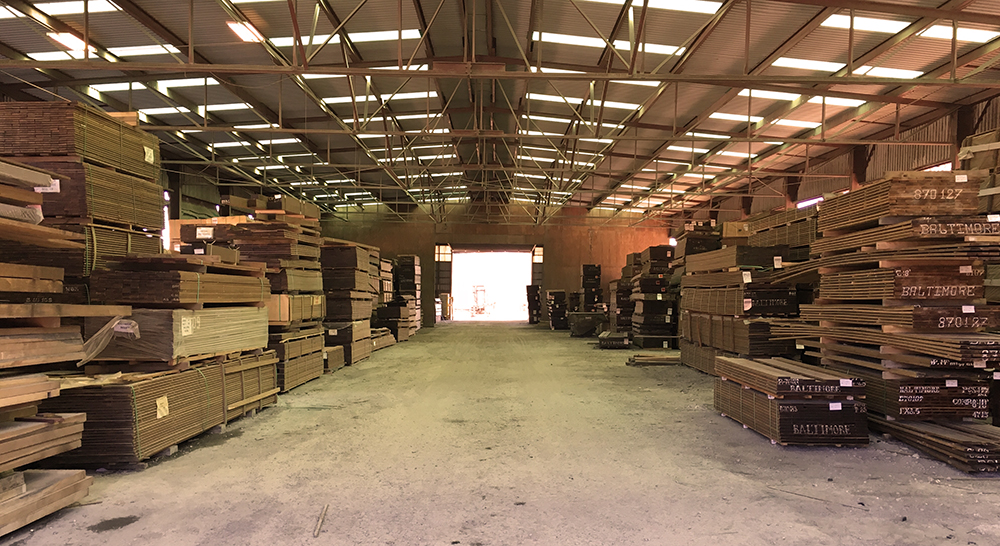
How Much Will My Lumber Cost?
This question is asked several thousand times a second in the lumber business. Lumber prices cause a great deal of confusion and even anger. No matter whether the customer is buying hardwood, softwood, plywood, or even a milled wood product, it all comes down to, “How much will it cost?” The reality is that the price of any wood product is highly dependent on many different factors. The one thing you can count on is that it will change and change often.
Honestly, the lumber industry has a bad reputation for keeping its cards too close to the vest on price. I can’t tell you how many times I have walked into a lumber yard with no idea of how much I was going to have to pay for my order. Oftentimes there is no price list posted, and when I have asked for one, the answer is never quickly forthcoming. Usually the response is “What are you looking for?” At which point I’m given a price only for the species, thickness, and width which I mention.
What’s more frustrating is that when I go back a few days later, armed with my price and the board footage I need, my final bill is more than I expected. It is then I come to find out that the price has changed (usually gone up) in 48 hours. I pay for my lumber, feeling vaguely as if I have gotten the short end of the deal.
My experience can be reproduced thousands of times over with anyone who has ever bought wood. This is regardless of whether it was 1 board or a truckload of material. Unfortunately, it results in an adversarial relationship between the lumber yard and its customers. This comes from centuries of pricing confusion. As someone who sits on both sides of this equation as a buyer/user of wood and a lumber industry employee, this is frustrating. I want to draw back the curtains on lumber prices to help everyone better understand the factors that influence the final price tag of the wood products which we need.
Factors that Influence Lumber Prices
How does lumber pricing work? Below is a list of all of the things than can affect the bottom line – in no particular order of importance. All of these factors play a role and, depending on the situation, can be more or less important in how much your lumber will cost.
Feeling overwhelmed or even frustrated yet? I think you can see why “it depends” is usually the answer to questions about the cost of lumber, millwork, decking and plywood. The issue lies not with a shady dealer who is trying to gouge customers, but in the fact that there are so many variables which affect the seller’s cost on the material.
Wood Species
This is the most obvious element but is often also misunderstood. The rarity of a species is a definite factor, and this doesn’t just mean threatened woods. Certain species grow individually or are more sparsely distributed. You may find one Cherry tree growing amongst 25 Poplars. There is plenty of Cherry out there, but accessing it requires more work and a wider net to be cast. Of course, on the other side of this are types of trees which don’t have a wide distribution and are not as available whether through natural selection or over logging; but these instances really roll up under regulation.
The overall market demand will also dictate the cost which you see at the lumber yard. Walnut lumber as an example commands a higher price because of demand in the marketplace but also due to the nature of the tree. Walnut trees aren’t as large or hearty as others. Walnut trees branch quickly making for more knots and a shorter central trunk which produces shorter boards of a lower grade. In fact Walnut has its own grading rules driven by this natural shortcoming. Walnut is associated with higher end construction. It’s a more luxurious wood, and as such the price is higher than a wood type which is more commonplace. It goes to follow that engineered products made from Walnut like plywood will also have a higher price tag.
Manufacturing Details
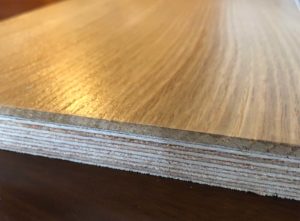
Quality control and product attributes is the name of the game here. Engineered flooring, plywood, modified woods, etc. all apply here. How thick is the the visible hardwood in that engineered flooring? What is the quality of the plywood substrate for that same flooring. Additionally, one sheet of plywood is not the same as the other despite how it is labelled or looks. The quality of the individual veneers, the quality of the glue, the feed rate of the glue line, etc., etc. all play a role in determining the overall quality of the plywood panel.
As mentioned above, wood species plays a role here too, and it is expected that a higher priced species will net a higher priced plywood sheet. Most manufacturers will have whole lines of products that at first glance will look the same. But each product in that line will have different prices based upon the quality of the panel. Just like a car model that has many different “packages” of features, manufactured wood products are the same. You do actually get what you pay for here, as every feature will add to the time and cost to produce the final product.
Lumber Grade
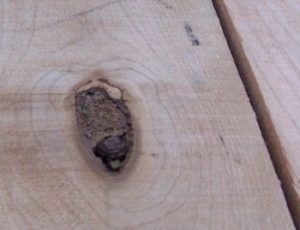
I think most of us are aware that a completely defect free board with no sapwood is going to be more expensive than a board full of knots and worm holes. But do we ask for our lumber by grade? In my experience, we ask by species first and rarely if ever mention grade. Perhaps that is caused by a lack of understanding from the consumer on lumber grades, or it is just assumed that only the best grade will be acceptable.
The current grading structures are often too vague, and frequently FAS isn’t good enough for millwork and applications where long and clear boards are needed. Moreover, we don’t buy a container of FAS Cherry or Mahogany and get 100% FAS in it. There is always a percentage of lower grade material that brings down the curve and which can inflate the cost of the whole pack.
Most lumber dealers won’t inflate the price on this material at the outset. However as the shipment is picked over, less top quality remains. You find the price rising in order to cover the cost of that mostly unsellable material. Some lumber yards still stock Common grade lumber, but that is becoming more of a rarity. The market typically won’t tolerate the Common grade lumber. So the material sits and sits until it is written off for a loss. Thus, depending on the quality of the material you buy, the price is going to fluctuate. The takeaway here is that you really need to understand what grade is acceptable for your particular project. Know what you can and cannot tolerate in terms of defects.
Size of the Material
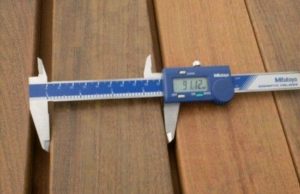
Obviously, the actual specs you require for your boards will change the price. But this isn’t just a matter of wider and longer boards meaning more board footage. Wider and longer boards can be harder to come by, so these boards will always be at a premium.
In some instances with exotic material, the wider boards are available. The demand is so low that the mills actually rip them into narrower strips to meet the typical 6-8″ width. In order to get wider boards than this, we have to specifically request it from the mill. Then the entire shipment is cut to that specification. This changes our cost dramatically. Now the larger volume with slower turn on the yard presents a greater risk to the dealer. So the price per board foot will rise to offset that risk.
This price change will also fluctuate depending on the species you request. Just remember that lumber is an organic product and not manufactured. We can’t just make it wider, so when your specification absolutely requires it, the price will reflect it. “Wide” is a relative term. As a general rule of thumb, if it falls above the 6-8″ range, your price will be higher.
Size of Order
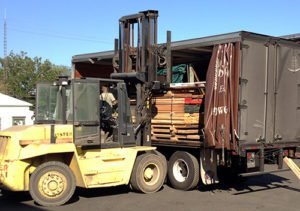
The lumber prices will vary depending on how much you buy. It is widely known that wholesale pricing is lower than retail. There isn’t a clear line that defines where retail ends and wholesale begins. This will vary from one supplier to another. It takes the same amount of labor to pull 100 board feet as it does 1000 board feet. Especially, once you throw a forklift into the mix.
In reality, a smaller order takes even more labor and paperwork. The larger pack needs to be broken in inventory and re-tallied. When part of a pack is removed, the remainder loses value. If it gets picked over enough, the leftover lumber is less than perfect material. These broken packs can get in the way. When that smaller order comes in, 10 or more packs need to be moved just to get to it. Suddenly, your quick retail order takes 30 minutes just to find and pull. All of this is overhead, and it eventually adds to the final price of the lumber.
Transformation and Millwork
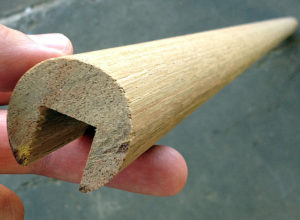
Similar to manufacturing mentioned above, the transformation of the lumber at your supplier is a highly variable factor. What we are really talking about here is labor costs. But all of the above factors play into this too and are interwoven to drive lumber prices higher. A crown moulding run from Walnut vs Cherry will require more material to be reviewed and pulled from the inventory to meet the required grade.
A floor milled from Teak vs Oak will create more wear on the moulder blades and require additional set up time and sharpening time. But the type of transformation done, of course, is important. Linear vs radius millwork is a perfect example as the automated nature of linear work is hard to replicate with radius work.
The number of steps in the process and time between steps for finish to dry or for lumber to acclimate all adds to the total time for the job. For example, some profiles require multiple set ups on a moulder to pull off. Each set up needs test cuts to verify the output. All of this takes time, material, and people to do. In essence, there are hundreds of miscellaneous elements here that change your pricing. These are just the foreseen things, and as any woodworker knows, no job was ever done without something unforeseen popping up to ruin the day.
Seasonality

The time of year you buy changes lumber prices too. Sometimes it is due to supply and demand. If you try to buy decking products in the middle of summer, you can expect a higher price, because everyone is buying and the lumber yard stocks are starting to dwindle.
Think of it like this: Christmas wrap and lights are always much cheaper on December 26th. Buy your lumber off season, and you can sometimes expect a better price. Unfortunately, it can also swing the other way, and you may end up paying more off season due to lack of availability.
Ipe decking is a great example of this, because it is harvested and shipped to work around the Brazilian rainy season. Most importers can only take shipments in the winter months. If you buy then, you will find dealers who are struggling to make room for an entire year’s worth of Ipe, and they are more willing to sell it at a lower price.
At the same time, if the actual harvest and sawing of the lumber is harder because of a rainy season or a harsh winter, then the price downstream will be higher as well. As costs due to increased overhead rise, so too does the sale price rise. And as the risk rises due to a dealer taking on stock well in advance of the buying season due to seasonal shipping demands, so also does the sale price rise.
Regional Origin
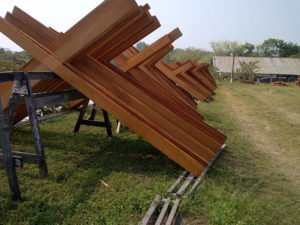
Where your lumber comes from will dramatically affect the price it sells for at the lumber yard. It probably goes without saying that Teak which comes from the other side of the world will be expensive just due to the distance it travels, but what isn’t common knowledge is how cost can fluctuate within the same species due to its wide growth range.
A lot of African lumber faces this problem as it grows from one side of the continent to the other. Depending on whom you buy from and how deep they are into their forest concession, the distance which lumber travels increases and the number of countries it crosses grows. Many of those countries in Africa through which the lumber passes are in the middle of civil wars which produce hazardous shipping conditions. The political climate of the regions can greatly affect lumber prices and usually causes fluctuations from one shipment to the other. So you may get a price on Sapele or African Mahogany one day and get a different one the next day, because the lumber for which you were originally quoted has now sold, and new material with a different cost has taken its place.
Regulation and Import/Export Fees
For exotic materials there are a lot of behind-the-scenes charges to bring the material into the country. Some of them are very tangible like shipping costs, CITES paperwork, and demurrage at the port. Some of these charges are very intangible like the diligence required to ensure legal lumber and Lacy Act compliance. This diligence can come in the form of continual visits abroad to meet with sawmills and visit concessions to ensure sustainable practices and verification and legality.
The companies we choose to buy from abroad can supply us with a continuous supply of lumber despite news of shortages and increased regulation. While other mills close due to government shutdown and a lack of business, our vetted suppliers continue to do business, thus affirming our diligence. With this comes cost. We could buy material cheaper abroad. But we cannot be sure that it is being harvested legally, nor can we ensure that we will be able to continue to obtain it. Cheaper lumber will always be available. However, the buyer needs to ask themselves if it is worth the uncertainty and possible downstream prosecution under violation of the Lacey Act.
Certifications
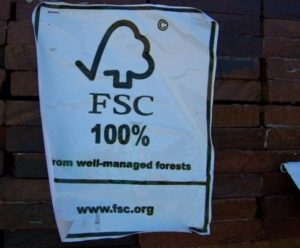
FSC lumber is more expensive than non certified lumber. This is probably all that needs to be said here, as most of us have experienced this at some point. Certified lumber carries a much higher cost, because of the many requirements placed on that lumber and the severely reduced supply. The why is because of all of the infrastructure built into the certification process. FSC lumber mills/concessions undergo audits to verify they are meeting the requirements. Likewise all suppliers in the chain undergo similar audits to verify the exchange of FSC credits are traceable and meeting another set of requirements. The same would be applied to any certification scheme whether that be TLTV or VLO or any other international audit and regulation. All of this intermediary work is bound to change lumber prices.
Shipping
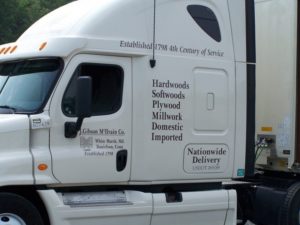
If you have the lumber delivered, it is fair to expect a charge for that. But how is that fee levied? Because we run our own fleet of trucks, we have more control over the costs, and don’t charge a shipping fee. Instead, we work those fees into the overhead, and it will be reflected in your lumber prices. If the buyer is confronted with a lower price somewhere else, it is safe to say the shipping fees haven’t been added on yet.
Common carrier shipping will raise the price even more. Now uncertainty rises as to what condition the lumber will be in when it arrives at the destination; uncertainty also exists whether the driver will be willing to help you with unloading the lumber. Even then material delivered to a job site that isn’t tractor trailer accessible requires a smaller, specialty truck. Now additional unloading and loading at the distribution point is needed. As you can imagine, all of this will add more to the cost of the lumber.
Why are lumber prices so high?
Maybe you can better answer this question now. These elements cover much of what is happening behind the scenes at your lumber dealer. Moreover, each factor is related to the other and changing one creates a lovely domino effect.
In recent months we have seen how the impact of a global pandemic dramatically changes the cost of lumber. Lumber prices skyrocketed in a matter of weeks and will probably never return to the previous levels. Factors like work force shortages and businesses shut down shot major holes in the supply chain. In the lumber business this could take years to fix. No one could have anticipated COVID-19, but it is a perfect example of how so many factors influence the cost of lumber and wood products.
The point being that there are so many variables that go into the board foot or linear foot price of your material. It is impossible to answer the “How much will this cost” question without saying…
“It depends…”
I hope this article clears up some of the frustration. Lumber prices are highly variable based on all of the above factors. I can tell you if you go to your lumber dealer prepared with what you need and how you want to use it, we can help you find the right species, grade, length/width spec, quantity you need. Then we can give you a price. Until we have all those details, it is a best guess game on price. I guess the better question should be:
“What are the factors that will affect the price of the lumber on my order?”
Now we’re talking, and we can begin a true conversation to get you the best material, when you want it, at the best price.
Learn more about the lumber industry:


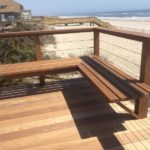

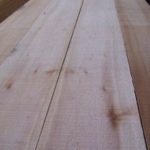
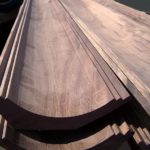

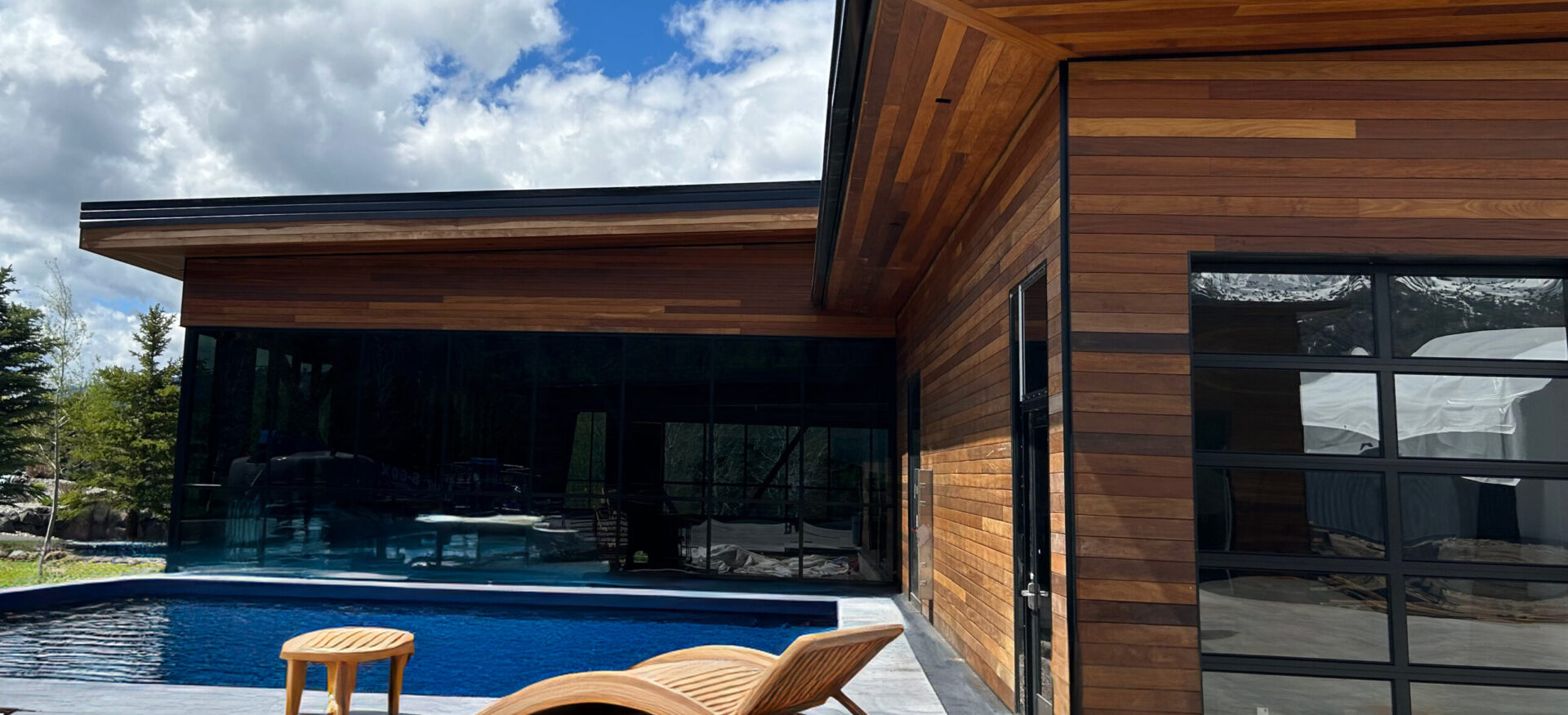

I rarely buy lumber, but I’ve recently been in the market for a couple of sheets of plywood, and wanted to “get smart” on the topic. This was very, very, helpful and insightful. Actually, I fould it inspiring! Thank you!